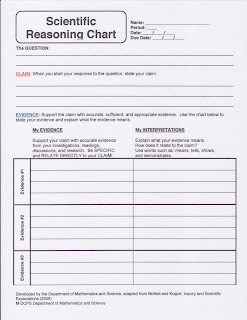ESSENTIAL QUESTION: Why do populations in ecosystems change?
RELEVANCE: Is immigration really that bad?
NGSSS: SC.912.L.17.5; MAFS.912.N-Q.1.1; LAFS.910.SL.1.1
LEARNING OBJECTIVES: Students will be able to:
-Utilize data and information about population dynamics, abiotic factors, and/or biotic factors to explain and/or analyze a change in carrying capacity and its effect on population size in an ecosystem.
-Compare the different types of growth in a species population.
-Identify limiting factors and other population dynamics.
BELL RINGER -make a story to accompany the graph.
VOCABULARY: population, limiting factors, carrying capacity, competition, density, emigration, immigration
HOME LEARNING: notebook update
AGENDA
WHOLE GROUP
The bell ringer was to write a story to accompany the graph below.
Make up a story to accompany the changes you see in the graph. Use any organisms and any circumstances you wish. Be creative!
The vocabulary for this section was explained. You can find it below.
Draw or write an example to help you remember each vocabulary term.
We will use a video and an article to complete a CER (claim, evidence, reasoning) on invasive species, specifically the python in the Everglades. You can find the planning sheet and the video and article below. Use the planning sheet to take notes from the article and the video. Complete the CER paper once your notes are complete.
Watch this video. Take notes, recording a minimum of two facts that are evidence that invasive species are not good for an area.
You can read the article at the link here:Snakes On The 'Glades
Use the planning sheet below for the video and the article.
Use these sheet to plan your answer. Record at least two facts from the video and at least four facts from the article about invasive species and how they negatively impact environments.
Then, use the handouts below to write a grammatically correct and cohesive answer.
CER handouts to be submitted once they are complete.
Students completing their work should go to Edgenuity and work on the section thy received the lowest score from the last exam.






